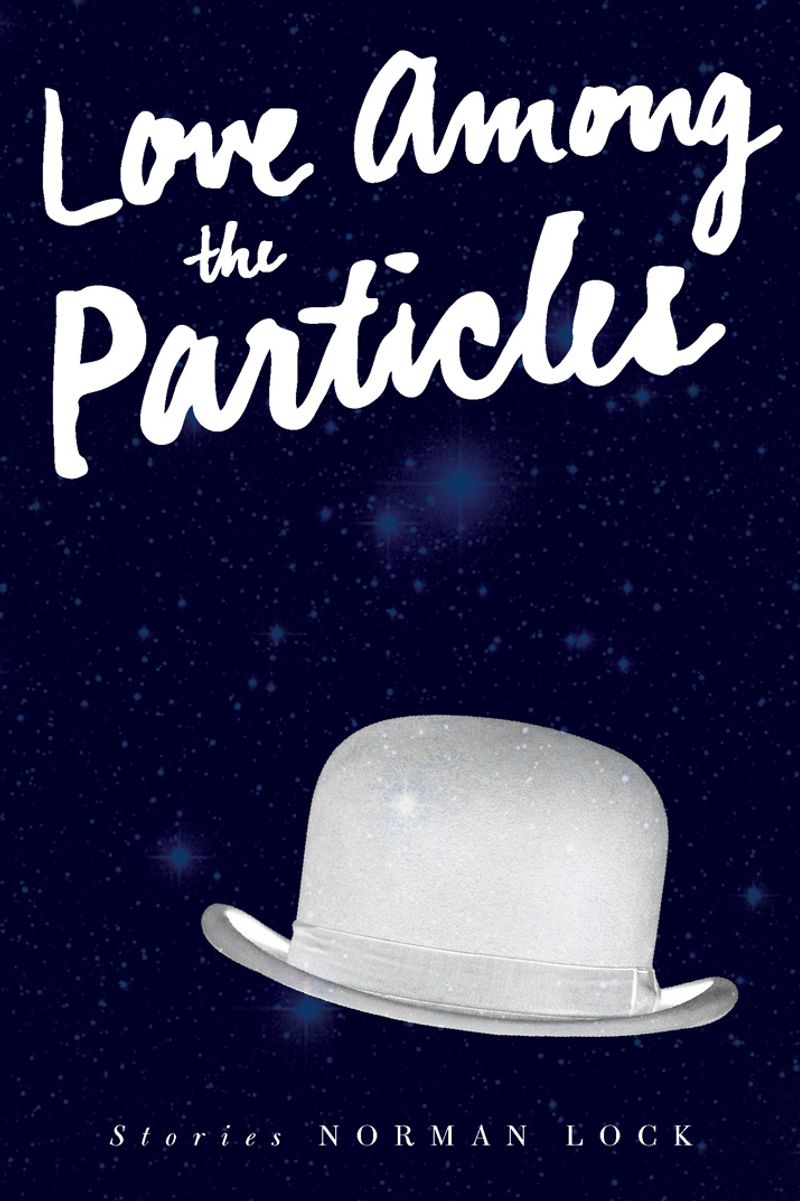A magnetic pull transcends the pages of [Love Among the Particles], making for a fully addictive collection.
— Slice magazine
Love Among the Particles
Love Among the Particles is virtuosic story telling, at once a poignant critique of our romance with technology and a love letter to language. In a whirlwind tour of space, time, and literary history, Lock creates worlds that veer wildly from the natural to the supernatural via the pre-modern, mechanical and digital ages. His characters may walk out of the pages of Robert Louis Stevenson, Mark Twain, Franz Kafka, or Gaston Leroux, but they are distinctly his own. Mr. Hyde finally reveals his secrets to an ambitious journalist, unleashing unforeseen horrors. An ancient Egyptian mummy is revived in 1935 New York to consult on his Hollywood biopic. A Brooklynite suddenly dematerializes and passes through the internet, in search of true love….
Love Among the Particles will thrill Norman Lock’s devoted fans and dazzle new readers with its dizzying displays of literary pyrotechnics. It is nothing less than a compendium of the marvelous.
Shelf Awareness Best Book of the Year
Vol. 1 Brooklyn Favorite Book of the Year
Atlantic Wire Spring Book Preview Recommendation
Kirkus Reviews Best Book Out This Week

Paperback
- ISBN
- 9781934137642
Ebook
- ISBN
- 9781934137659
Discover why Kirkus Reviews names Love Among the Particles a “Best Book Out This Week” and find interviews with Norman Lock about the collection at TSP: The official blog of The Story Prize, Flavorwire, and The Rumpus.
Norman Lock is the award-winning author of the dozen volumes in The American Novels series, as well as other novels, short fiction, poetry, and stage and radio plays. He has won The Dactyl Foundation Literary Fiction Award, The Paris Review Aga Khan Prize for Fiction, and has been longlisted twice for the Joyce Carol Oates Prize. He has also received writing fellowships from the New Jersey State Council on the Arts, the Pennsylvania Council on the Arts, and the National Endowment for the Arts. He lives in Aberdeen, New Jersey.
visit author page »Praise for Love Among the Particles
Lock’s writing is beautiful, with clean, clear, perfect sentences . . . seducing the reader with language and narrative into a fully realized alternative world to say something new about our own. . . . Love Among the Particles is topical, astonishing and provocative . . . a masterful collection.
[Lock’s stories] are gems, rich in imagination and language. Readers will happily suspend disbelief, perhaps even finding particles of humor . . . And beyond the entertainment lie 21st-century conundrums: What really exists? Are we each, ultimately, alone and lonely? Where is technology taking humankind? For all their convolutions of space and time, these stories are remarkably easy to follow and savor.
This fantastical collection of short stories is a joyous compendium of characters time-traveling through the annals of literary history—Mr. Hyde, Henry James, and Huckleberry Finn to name a few.
— Barnes and Noble Review

